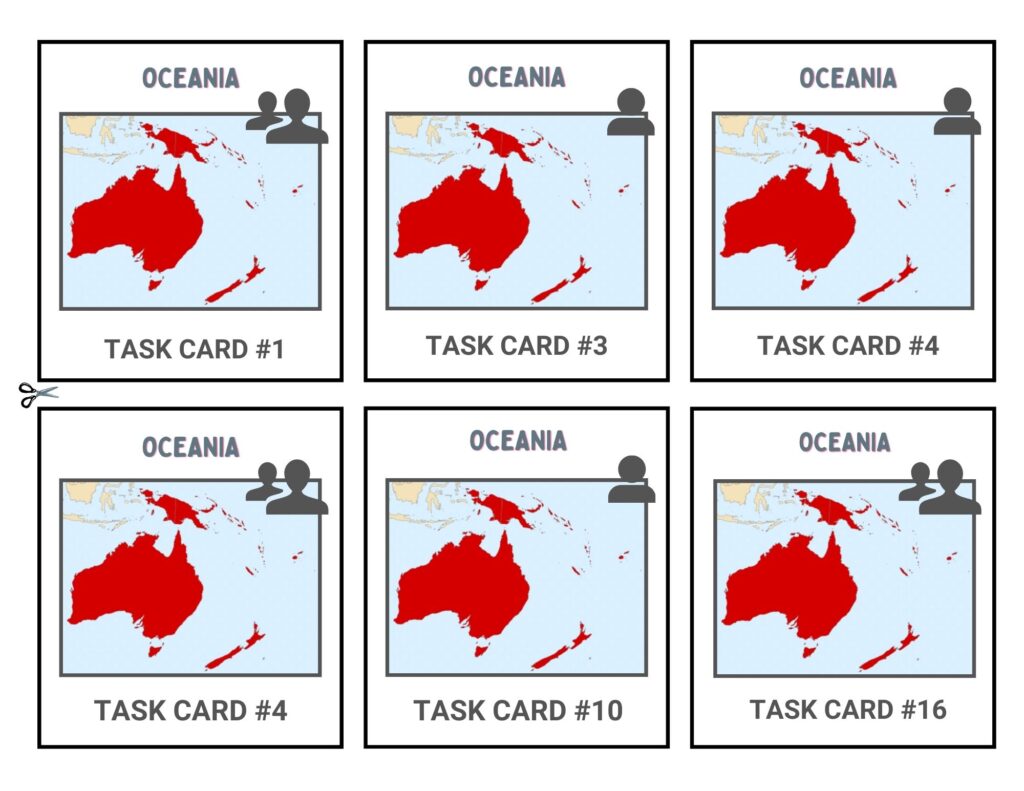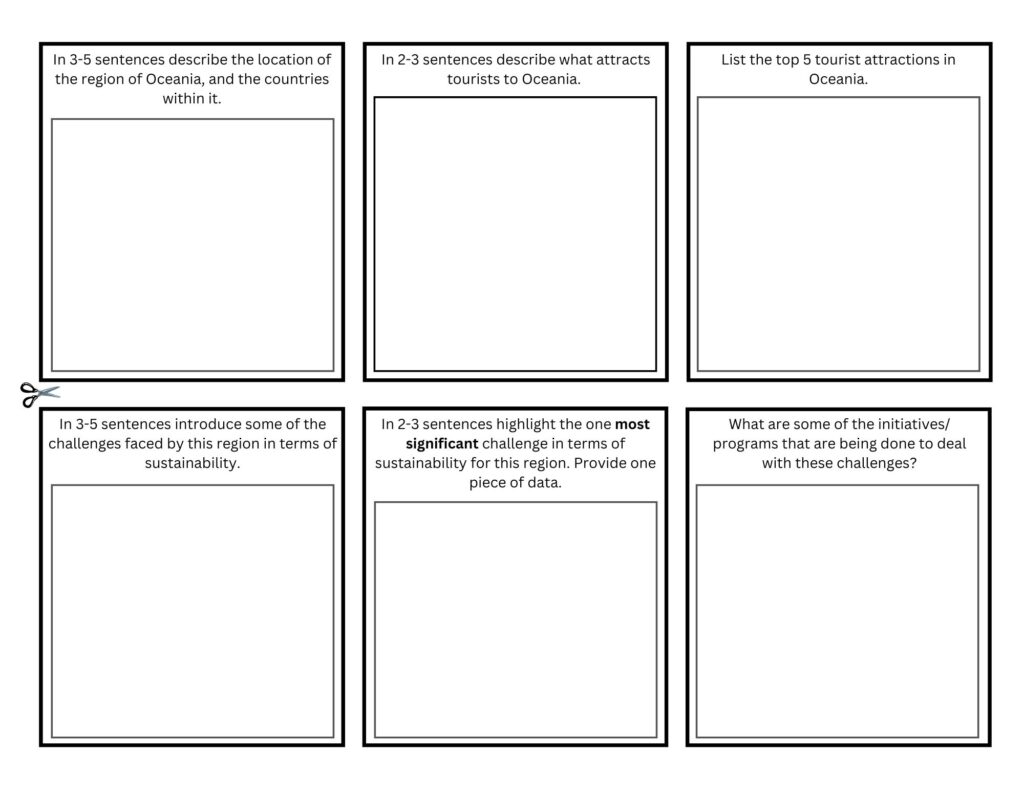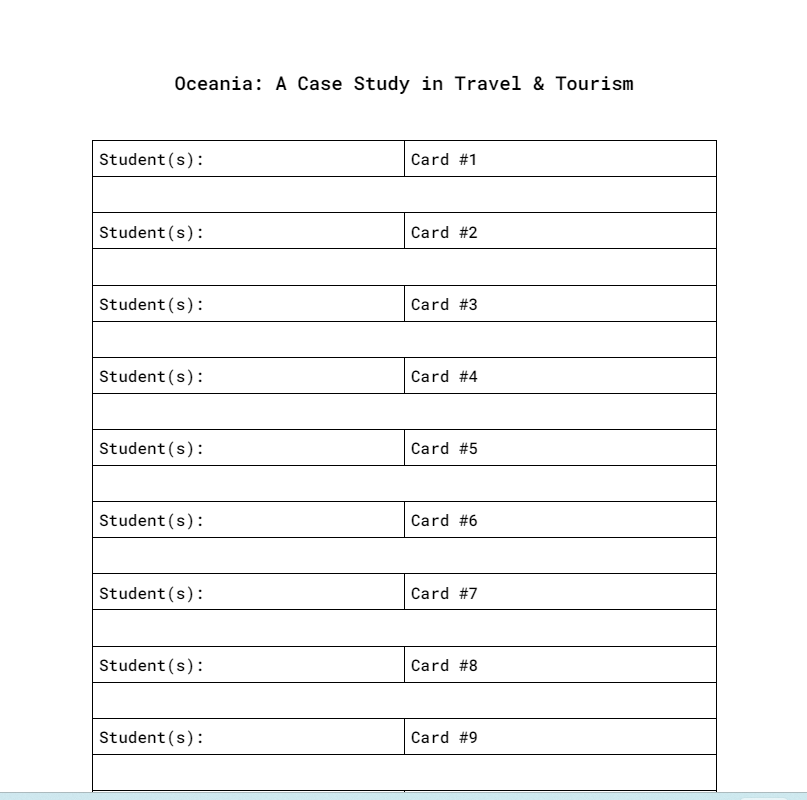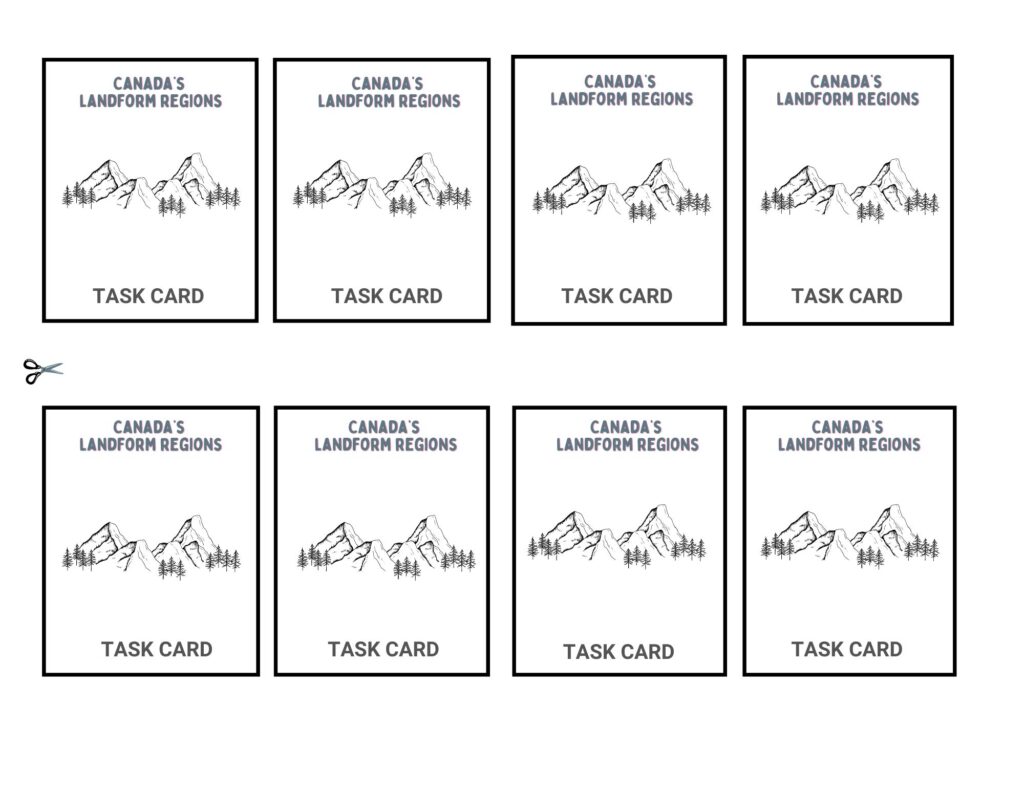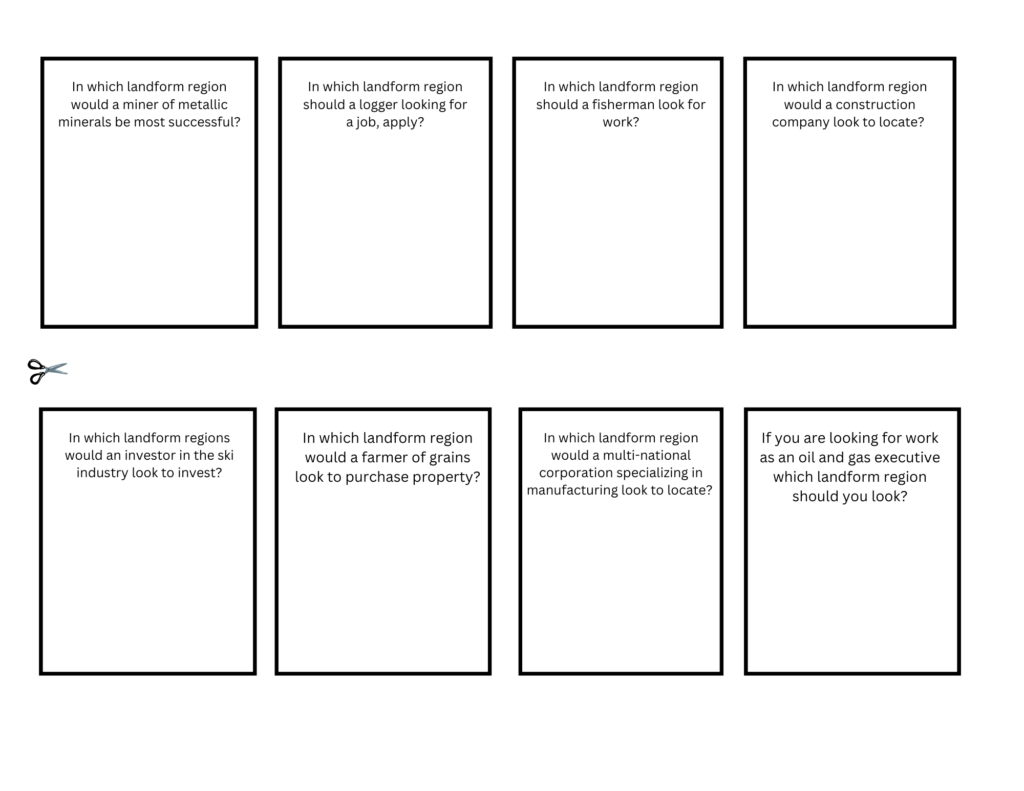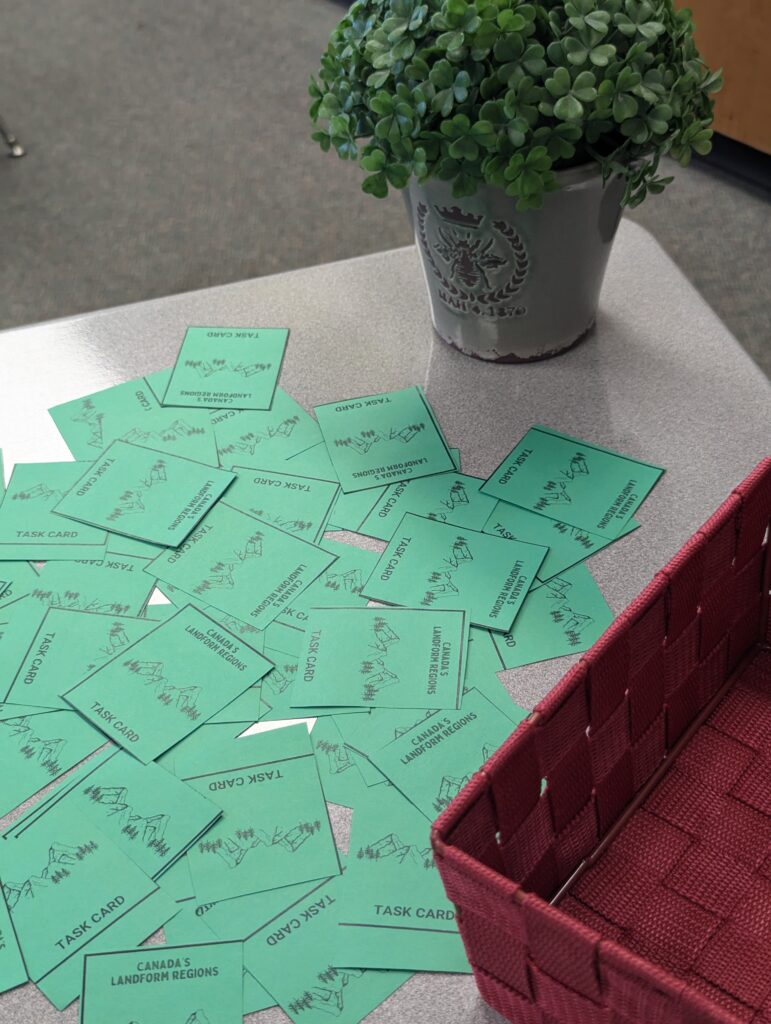If you are a secondary school teacher, task cards are probably not a common item in your tool kit. But let me tell you they should be. I was introduced to them from several vloggers on YouTube who were creating them for their elementary/primary classrooms last year and they can be a game changer!
What are task cards? They are simply a small card with a specific task or question that a student must complete or answer. In high school, task cards are great for general knowledge acquisition through research, application of learned concepts and skills, and even review and informal assessment. In this post I will provide examples of:
- Application of concepts
- Research and communication
- Review and application
These have been a successful teaching strategy for me, but perhaps you have another way of using task cards in the 7-12 classroom that is even better. Please post below! Here are my examples:
- Application of concepts
In my Grade 10 History classes, I need to teach the Historical Thinking Skills so students will be able to think more like a historian when making conclusions about a past issue or event. I have made a series of lessons that showcase one decade or event in the 20th century. So far, I have created lessons for WWI, 1920’s, 1930’s, WWII, 1950’s and the 1960’s. Each time period has a series of images from those particular years and students must connect at least one Historical Thinking Concept to each image. Once their “passport” is completed, they choose a task card. The idea is to reaffirm their understanding of the thinking skill. This can also be done as a collaborative activity for students if they work in pairs. An example is below. You can check out the full lesson on my TPT store HERE.
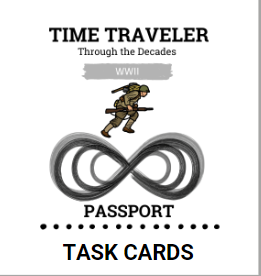
FRONT 
BACK
2. Research and Communication
I have also used task cards to create class collaborative activities for students. When studying the tourism region of Oceania in my Grade 11 Travel and Tourism class, I had the students create their own written case study. They could choose to work alone or with a partner, and the task cards were identifiable by the number of people required for each task on the front of the card. I set up a table in a Google doc. whereby they would write the answer to their task question. Once each student completed their task, we then had a complete case study. From there I took the case study and made questions that tied into the learning outcomes in the curriculum
3. Review and Application
They also make terrific exit passes. For my grade nines, I will scatter a bunch on a table beside the door, and before they can leave they have to verbally give me the answer to the question. This is review and assessment all in one:) The example below is connected to Canada’s landform regions. I stand at the door just before the bell goes and students have to verbally give me their response before they can proceed. Honestly, it works better when it’s the lunch bell, than the bell for the next class:)
Another idea is to laminate some of the cards so that students are able to use a white board marker to write their answers and then you can erase them. Otherwise, when it comes to exit passes, I usually have the students give me their answer verbally.
I hope one of these suggestions inspires you for your own class:)
Happy Teaching!
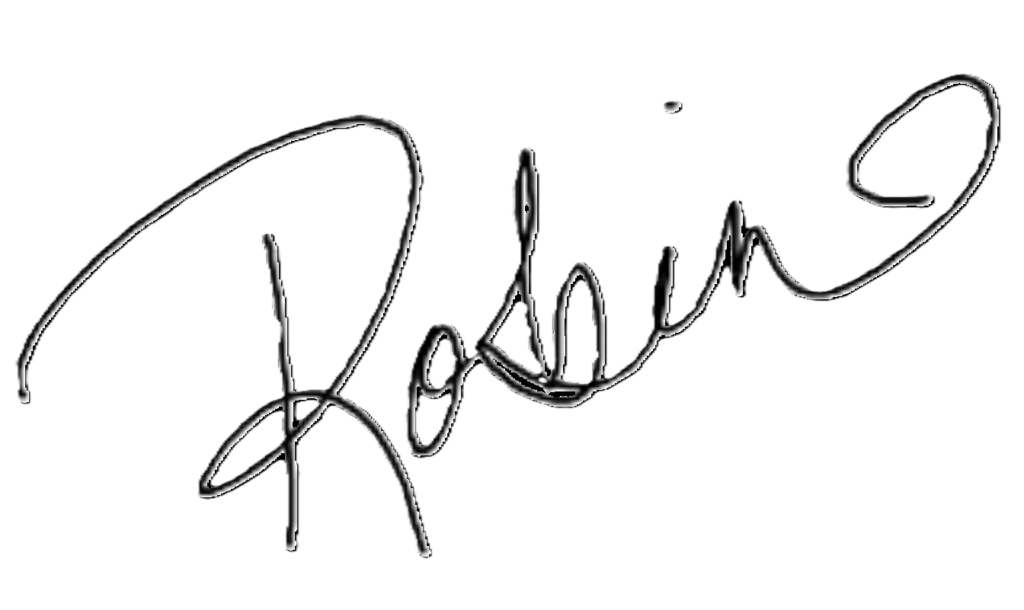
Header Image: Image by rawpixel.com on Freepik




